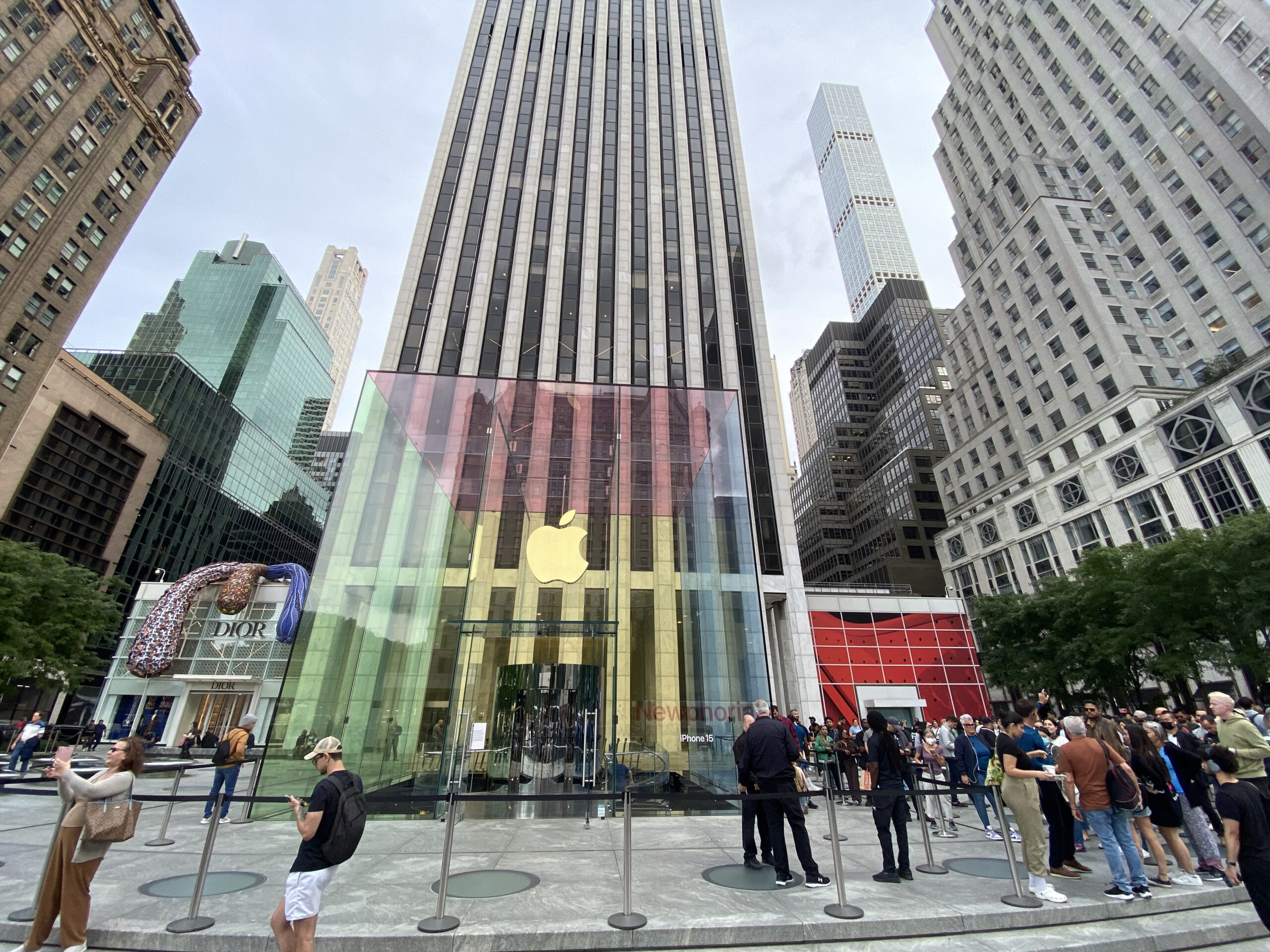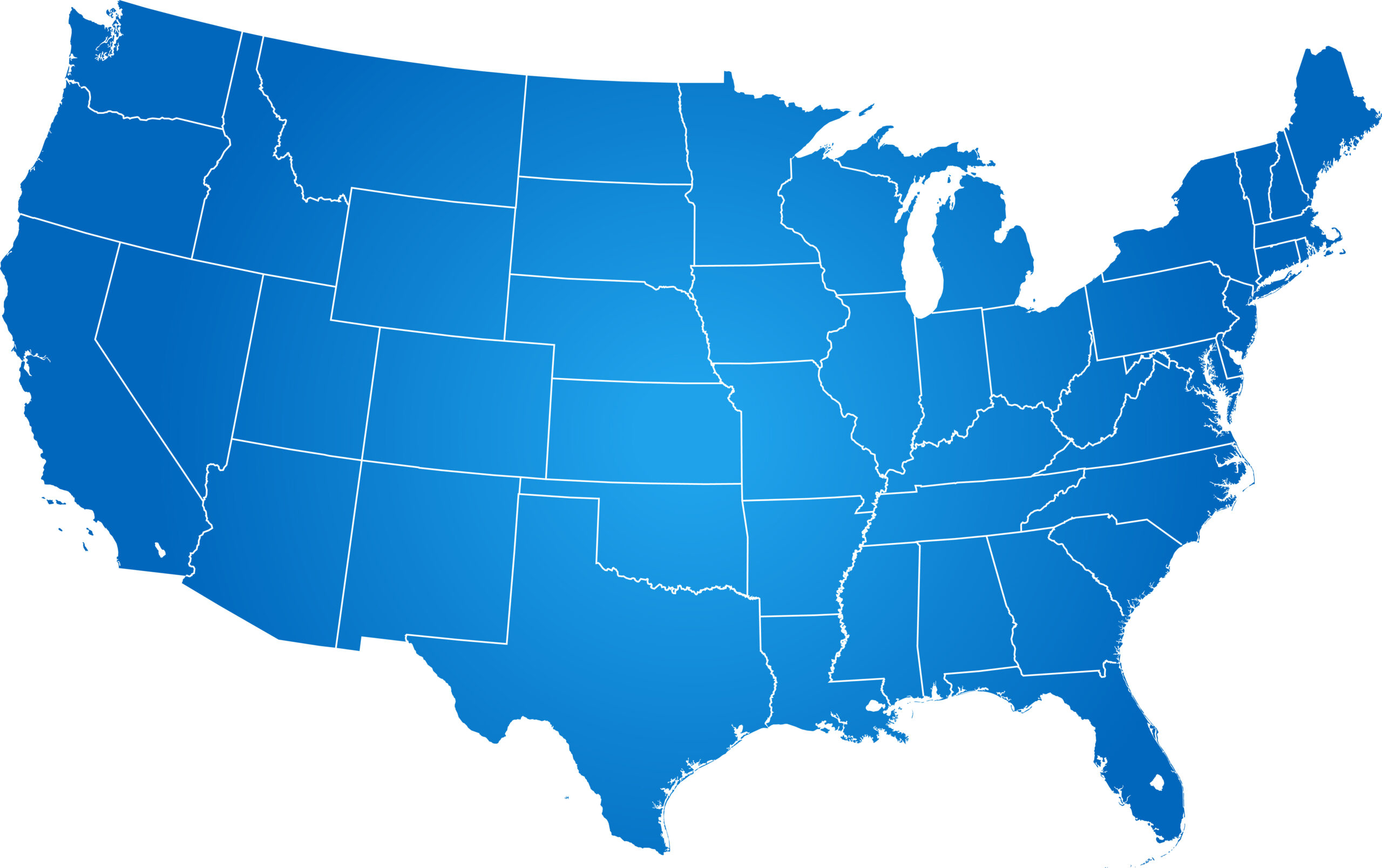The History of Innovation in Antitrust Law
Antitrust law is no stranger to innovation. Former Assistant Attorney General (“AAG”) for the Antitrust Division Joel Klein once remarked that antitrust laws “are just fine, precisely because, unlike most contemporary statutes, they are common-law provisions and, therefore, they are not locked in text or time.” Current AAG for the Antitrust Division Makan Delrahim defended the consumer welfare standard in a speech today that declares the standard robust enough to capture non-price effects like innovation and stating that the law itself is able to innovate. It should come as no surprise that antitrust scholars and practitioners have long been thinking about what impact market innovation should have on enforcement.
Indeed, Klein’s statements twenty years ago were responding to questions on whether antitrust law was ready to deal with the tech industry. That same year the DOJ launched its suits against Microsoft on a case that revolved heavily around harms to innovation. This focus has continued to thrive at the agencies, with former FTC Commissioner Terrell McSweeny and current acting director of the Bureau of Competition Bruce Hoffman publishing their thoughts on data, innovation, quality, acquisition of potential innovators, and algorithms.
Antitrust Law and the Consumer Welfare Standard
Antitrust critics often make a big mistake when talking about the consensus view of current law: they seem to think antitrust policy has been frozen in time since Robert Bork and the Chicago School started the antitrust revolution in the late ‘70s. The Chicago School did start by focusing antitrust enforcement on price and quantity effects. The theory was that an increase in price led to both a deadweight loss to society and a transfer of wealth from consumer to producer.
However, antitrust law has evolved well past these initial theories. Others took the baton from Bork, and while they kept the evidence-based focus of his revolution, they expanded the idea of consumer harm to include negative impacts to quality and innovation. Indeed, the consensus view of antitrust includes a focus on harms to innovation. It’s even included in the latest revision of the FTC’s Horizontal Merger Guidelines, which states “[e]nhanced market power can also be manifested in non-price terms and conditions that adversely affect customers, including reduced product quality, reduced product variety, reduced service, or diminished innovation.” Thus, despite the erroneous claims of some who say current antitrust law is only focused on price, enforcers use the flexibility of consumer welfare to focus on non-price effects.
Is a new theory of harm-to-innovation needed?
No. Innovation concerns are nothing new in antitrust. In 1975, the FTC brought action against Xerox for creating and preserving a non-competitive market structure. The key concern was that Xerox developed and acquired an extensive patent portfolio that covered all technologies related to xerography, which the FTC resolved through a consent decree that focused on these patents. This pre-Chicago School concern with innovation was mostly put on hold while the antitrust bar absorbed Bork’s ideas. However, the Clinton administration’s new AAG for the Antitrust Division Anne Bingaman started her tenure with a focus on innovation markets. First, the DOJ Antitrust Division challenged the merger between General Motors and ZF Friedrichshafen on innovation grounds. The DOJ claimed that such a merger would result in “unacceptable concentration of the research and development assets necessary for innovation in the market for heavy duty automatic transmissions.” Then the FTC issued the Intellectual Property Guidelines in 1995, which developed the concept of innovation markets. Innovation has been an important part of the consumer welfare standard ever since.
Harms to Innovation in Practice
A key battleground for innovation enforcement is in the merger context, especially in the healthcare industry. For example, in 2009 the FTC brought an action to block the merger of two manufacturers of key medical devices used in the treatment of heart failure, Thoratec and HeartWare. The FTC was concerned because HeartWare was in the middle of developing what was potentially a superior version of a Thoratec product. The FTC said that the development of this product had forced Thoratec to innovate, without this competition innovation would be diminished.
An even better example is the proposed merger of Ciba-Geigy and Sandoz, two companies that were leading contenders in the effort to develop gene therapy products. However, at the time of the proposed merger neither party had released a gene therapy product. Thus, while there was no market for these products, there was an innovation market for the development of these products. The FTC challenged the merger partially on these concerns and secured a consent decree that required the parties to license the technology and patents so that rivals could develop their own competing products. The agencies have since resolved many innovation market concerns through consent decrees that require the merged entities to license the intellectual property in question to rivals.
It is understandable that some former antitrust enforcers have bristled at claims that they ignore innovation. Former Republican FTC Commissioner Joshua Wright remarked:
No meaningful cases come out of the FTC? Sigh. … It brought an innovation-based theory in Nielsen-Arbitron in the merger context. It has brought related theories—I realize not all “platform” based—in the pharmaceutical industry. The idea that the agency shies away from innovation-based theories is, in my view, wrong.
A recent paper by former Democratic Commissioner McSweeny also provides evidence that the agencies give innovation far more thought than critics give them credit for, stating:
The FTC confronted the issue of innovation in the context of two-sided markets in its review of Zillow-Trulia. . . . FTC staff conducted a thorough investigation that yielded some important conclusions. On the paying side of the platform, staff investigated whether a merged Zillow-Trulia could proftably raise advertising prices to real estate agents. The evidence, however, suggested that real estate agents use numerous methods in addition to the platforms operated by Zillow and Trulia to attract customers. Staff also examined whether the merger would reduce the combined entity’s incentives to innovate by developing new features attractive to consumers, ultimately concluding that it would not. While the Commission voted unanimously to close that case, if evidence in a future case suggests that a merger is likely to result in negative quality or innovation effects, the mere fact that those effects occur on the “free” side of the market should matter little to an antitrust enforcer.
The agencies continue to put a lot of thought into harm-to-innovation theories, even if they don’t always result in big enforcement announcements.
Current Outlook
As seen in recent comments by former FTC Commissioner Terrell McSweeny and FTC Competition Policy Director Bruce Hoffman, as well as DOJ AAG Makan Delrahim, harms to innovation remain a top-of-mind issue for the antitrust enforcement agencies. While critics do have a point that testing for harm to innovation can be a harder task than testing for price and output effects, they are wrong if they conclude that this means innovation enforcement is dead at the agencies. There is nothing in the law that prevents the agencies from continuing to police innovation. Indeed, professors William Page and John Lopatka published a paper contemporary to the Microsoft case that argued such decisions resulted in case law that was too favorable for making out a harm-to-innovation case.
There are some who may ask: “ah yes, innovation enforcement — what have you done for me lately?” These critics seem to be hoping for a big and flashy single firm conduct case based solely on innovation concerns. However, this ignores the careful work the agencies continue to do, not just thinking about innovation harms, but taking action to remedy specific harms when they believe it necessary. It is for this reason that the FTC has obtained a consent in the cases noted above. It’s also the reason why the agencies remain vigilant on harm-to-innovation theories in merger reviews. For example, the FTC filed a complaint against the proposed DraftKings/FanDuel merger based in part on innovation harms. This litigation led to the collapse of the deal. This also happened with the proposed CDK Global/Auto/Mate merger, the FTC brought a complaint largely citing innovation and quality harms and the merger was dropped. Additionally, the FTC has sought merger remedies to counteract innovation harms, like when it required the divestiture of data in the Nielsen/Arbitron merger. The DOJ has also recently shown concerns about harms to innovation. Indeed, the fact that the DOJ was building a challenge largely on a harm-to-innovation theory is a major reason why the proposed Comcast/Time Warner Cable merger was called off in 2015.
This line of criticism also assumes unchecked harms to innovation that may not be borne out in the facts. Large tech firms are rapidly innovating, and are the top R&D spenders worldwide. Tech brands rate highly among consumers, and there is little indication that consumers are unhappy with the current pace of innovation. It is unclear, at the macro level, how a case could be made for harms to innovation or whether antitrust remedies could create more innovation than currently exists. Of course, this doesn’t mean agencies should stop scrutinizing tech markets or that micro level harms won’t be discovered and corrected. However, there is no indication that this scrutiny is not already taking place. And the fact that it may be hard to make out an innovation case against tech companies now might be because there isn’t one to be made.








